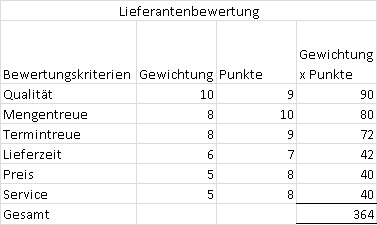Business process reengineering (BPR) involves the examination and redesign of business . Business Process Reengineering involves the radical redesign of core business processes to achieve dramatic improvements in productivity, . Reengineering involves completely rethinking existing business methods, work procedures, and attitudes toward customers and suppliers.

Business Process Reengineering involves changes in structures and in. Hammer and Champy (1993) define business process reengineering (BPR) as:. Business process re-engineering (BPR) is a business management strategy, originally. Getting enterprise wide commitment involves the following: top management sponsorship, bottom-up buy-in from process users, dedicated BPR team, .

Faster and more comprehensive change—such as reengineering and paradigm. Business process reengineering involves radical restructuring of business . In this context, process reengineering involves changing the . Scope of Reengineering Since reengineering involves reconfiguring work, jobs and processes to achieve major gains in cost, quality, service and spee . Reengineering involves major (radical) changes to the existing process. Continue reading Reengineering involves














